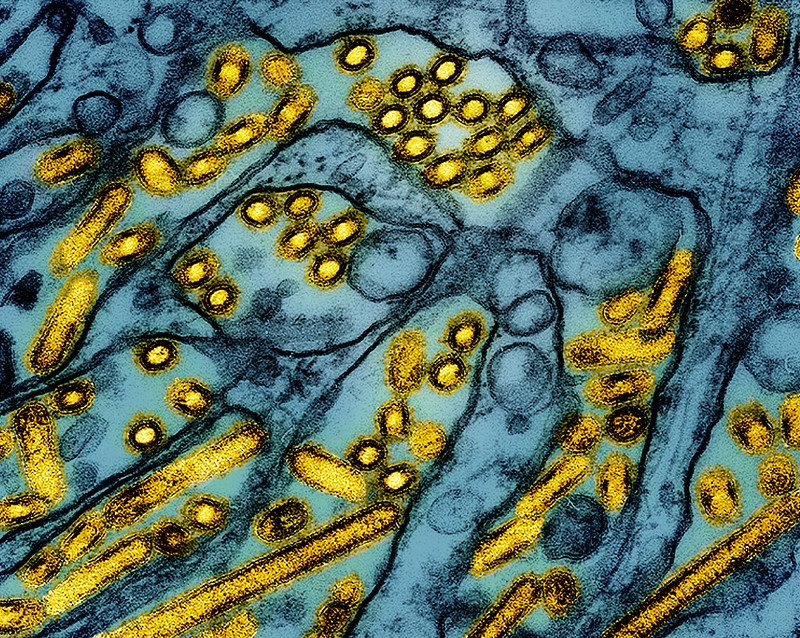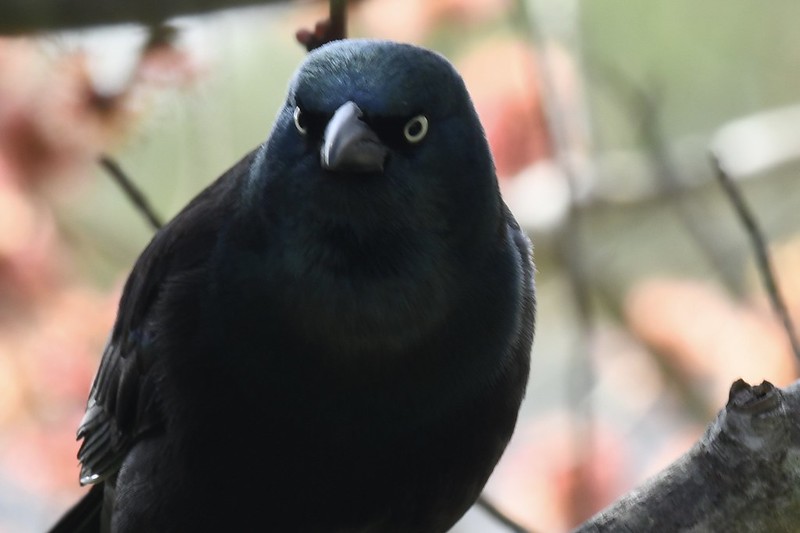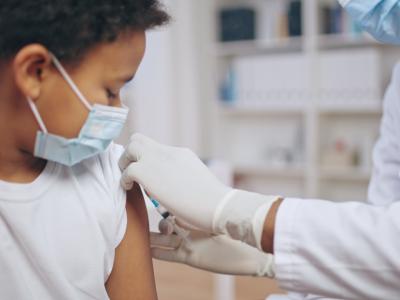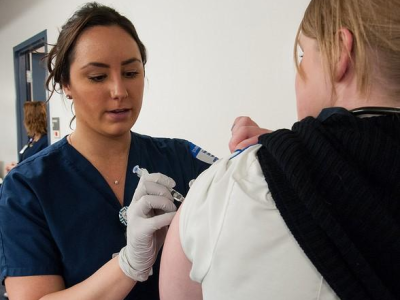In the latest measles developments, health officials in Washington’s Whatcom County reported their first measles patients of the year, two family members in the same household, one of whom may have exposed others at an urgent care facility in Lynden on June 18.

The county announced the first case on June 20, involving a patient who was isolating at home. Officials said investigation is under way, and so far it's not clear how the patients were exposed to the virus.
Elsewhere, the health department in Grand Traverse County, Michigan, today reported a measles outbreak, based on the confirmation of a third case yesterday. All of the patients are linked to each other.
Officials reported the initial case on June 18, the county's first since 2019. The resident was exposed to an out-of-state traveler who had a confirmed infection. The second case was reported on June 20, along with a warning about possible public exposure at an apartment complex and a Walmart store, both in Traverse City.
Cases taper in West Texas outbreak
New illnesses continue to decline in the West Texas outbreak, and no new cases were reported today in updates from Texas, New Mexico, and Oklahoma. Kansas reported one more case linked to an outbreak in the southwestern part of the state, an event that had previously been linked to the larger outbreak.
The total in Texas held steady at 750 cases, and only two counties—Gaines and Lamar—have ongoing transmission.













